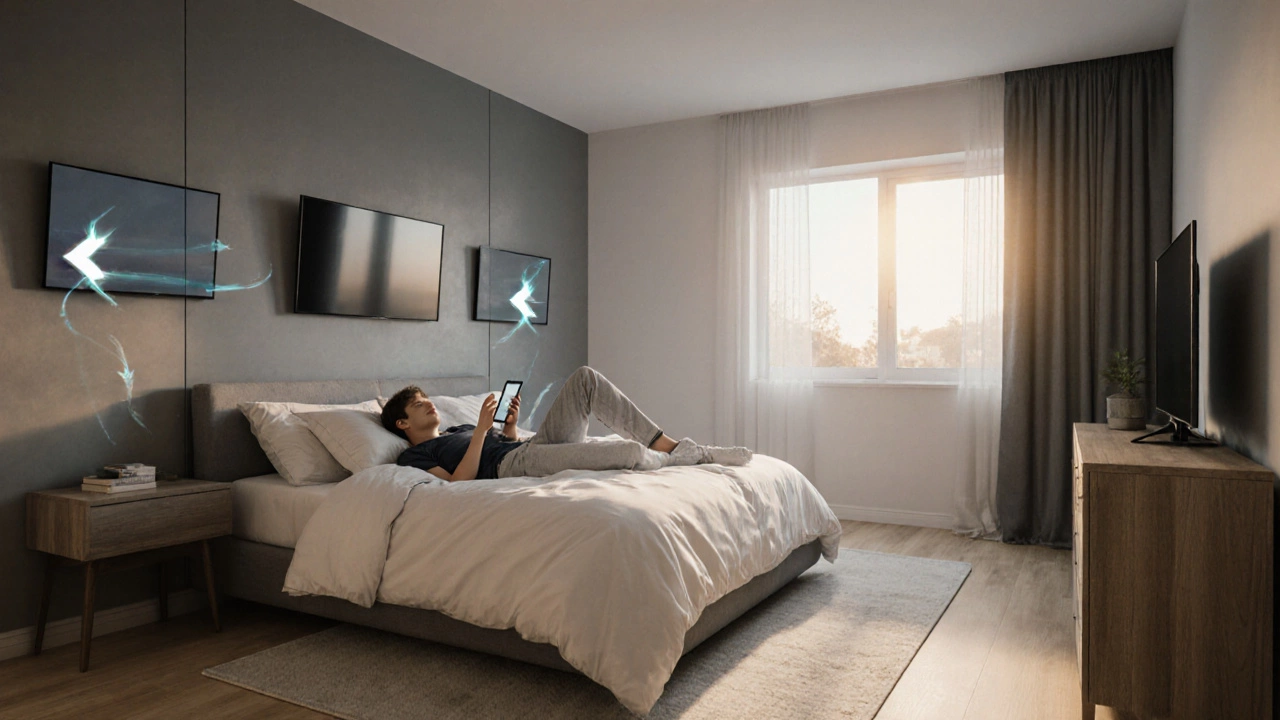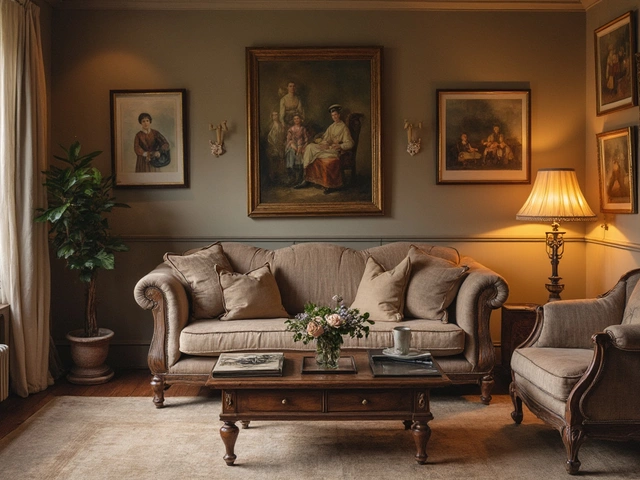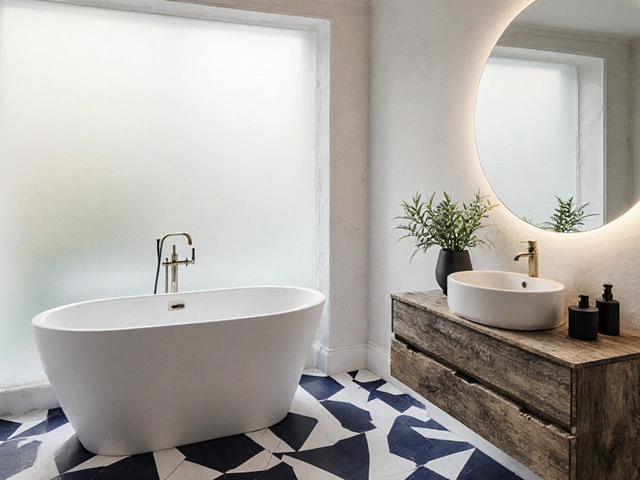Bedroom TV Direction: Tips for the Perfect Placement
When thinking about Bedroom TV Direction, the way you position your television in the bedroom for comfort, style, and viewing pleasure. Also known as TV placement in bedroom, it affects glare, sleep hygiene, and room flow. You’ll also run into TV Mounting Height, the vertical level at which the screen sits relative to your eye line, the Viewing Angle, the angle between your eyes and the screen center, the overall Room Layout, how furniture, walls, and pathways are arranged, and the Lighting, natural and artificial light sources that can cause glare or enhance mood. All of these pieces connect: good bedroom TV direction encompasses proper mounting height, requires an ideal viewing angle, and is influenced by lighting and layout.
Why TV Mounting Height Matters
The height of your screen should line up with the natural position of your eyes when you’re in bed or on a lounge chair. Most designers suggest the center of the screen be about 42‑48 inches from the floor for average seated height. If you mount too high, neck strain creeps in; too low, and you’ll squint. A simple rule of thumb: measure the distance from your pillow to the floor, then aim for the TV’s midpoint to sit roughly at that height. This small adjustment can turn a night‑time binge session into a comfortable experience without forcing you to crane your neck.
When you set the right height, the viewing angle automatically improves. The optimal viewing angle is typically within 30 degrees left or right of the screen’s center and less than 15 degrees up or down. Staying inside these limits reduces color shift and keeps the picture crisp. If your bedroom layout forces you to sit off‑center, consider a swivel wall mount that lets you tilt the screen without moving the whole unit.
Balancing Lighting and Glare
Lighting is the silent partner in bedroom TV direction. Direct sunlight hitting the screen creates glare that washes out colors. To combat this, first identify the room’s main light sources—windows, bedside lamps, and ceiling fixtures. If a window sits behind the TV, use blackout curtains or sheer shades to diffuse the light. For bedside lamps, opt for angled lights that point away from the screen. Adding a dimmable LED strip behind the TV creates a bias lighting effect, which not only cuts glare but also eases eye strain during late‑night viewing.
Don’t forget the color temperature of your bulbs. Warm whites (2700‑3000K) promote relaxation, while cool whites (4000‑5000K) can feel harsh before sleep. Matching your bedroom’s lighting palette to the TV’s brightness level creates a cohesive atmosphere that feels intentional rather than accidental.
Integrating TV Placement into Your Room Layout
Room layout determines where the TV can live without disrupting traffic flow. Sketch a simple floor plan and locate the bed, nightstands, dressers, and any walkways. The TV should sit on a wall that doesn’t block natural movement and offers a clear line of sight from the bed. If space is tight, a corner TV mount can free up wall real‑estate and keep the screen at a comfortable angle.
Consider multi‑functional furniture—like a storage bench that doubles as a TV stand. This way, the TV becomes part of the room’s storage solution, reducing clutter and keeping the space feeling airy. Just ensure the bench’s height aligns with the recommended mounting height to avoid extra strain.
Practical Tips for a Cohesive Look
Once you’ve settled on height, angle, lighting, and layout, pull everything together with simple décor tricks. Hide cables with a cord cover or run them through the wall for a clean look. Choose a TV frame or a floating shelf that matches other bedroom furniture, creating visual continuity. Adding a few soft textiles—like a plush rug or cozy throw—softens the tech vibe and makes the room feel more like a sanctuary.
Finally, test the setup at different times of day. Sit on the bed, watch a favorite show, and notice any reflections, neck strain, or awkward angles. Small tweaks—like adjusting a lamp’s tilt or moving a curtain rod—can make a big difference.
With these guidelines in mind, you’re ready to explore the articles below, each diving deeper into specific aspects of bedroom TV direction, from DIY mounting tricks to lighting design tricks that keep your evenings enjoyable.






